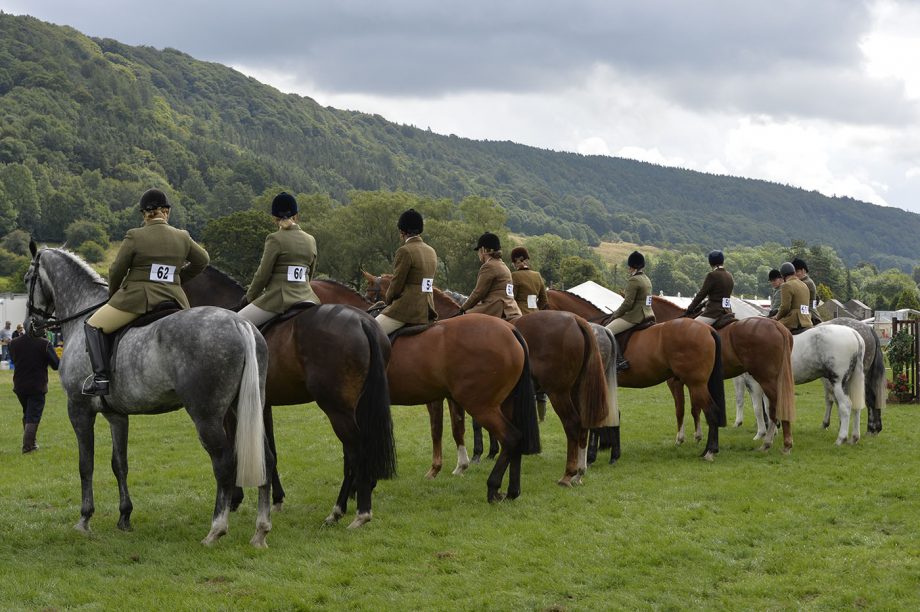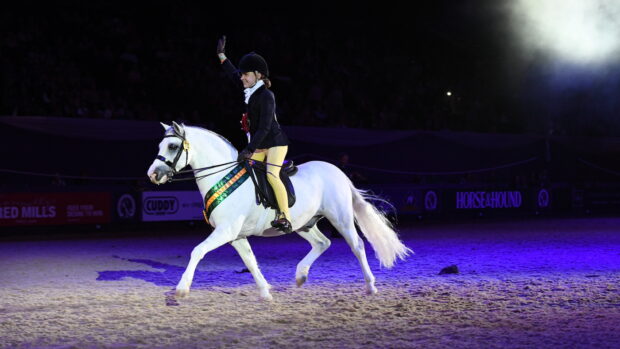How do you trot up a horse to impress the judge? Retired showman Allister Hood explains that it isn’t just about showing your horse moves correctly
According to Allister, impressing the judges is not just about showing your horse moves correctly. It requires the following three things as well:
1. Maintaining the horse’s rhythm
2. Maintaining the horse’s balance
3. Ensuring the horse stays straight
“If he isn’t straight, he may look as if he’s throwing out a leg to the side even when he isn’t,” explains Allister.
How to teach a correct trot-up
• At home, teach your horse to lead from both sides and change the rein on both reins, so he doesn’t become one-sided.
• Walk away in a straight line and move him slightly to the left before turning right and heading straight back to the judge. Ask the horse to trot when he is straight, not bending round the turn.
• Hold your line. It’s the judge’s job to get out of your way.
• Remember that rhythm. If your horse is a naturally extravagant mover, don’t let him get too long and free – “You might not be able to keep up with him – and in any case, the judge will still see the quality of his movement,” says Allister.
Tip one: stay straight
If a horse tends to curl around their handler through their head and neck when trotting up, Alister recommends using a surcingle with loose side-reins at home when practising. “The side-reins shouldn’t be tight,” he emphasises. “You don’t want to restrict the horse’s movement or force them into an outline, just discourage the horse from swinging their head to the side. This will encourage them to stay straight.”
Tip two: gain experience
Allister says clinics provide great experience for inexperienced or nervous horses. An overhead gallery, with people coming and going, is distracting, but Allister instructs handlers not to force the issue.
“Don’t make them confront things that make them spook,” he says. “Keep a distance from the wall at first, then gradually get closer.”
You may also be interested in…
If you're looking to be in the ribbons this summer, it’s all about wowing the judges from the off. Here's

Is your show or dressage horse a fidget? Helpful tips to teach them to stand still when asked

‘Practice makes perfect’: how to impress the judge when showing in-hand

6 ways to wow the judges in the show ring — in the first 7 seconds

Subscribe to Horse & Hound magazine today – and enjoy unlimited website access all year round
Horse & Hound magazine, out every Thursday, is packed with all the latest news and reports, as well as interviews, specials, nostalgia, vet and training advice. Find how you can enjoy the magazine delivered to your door every week, plus options to upgrade your subscription to access our online service that brings you breaking news and reports as well as other benefits.




